Thatcheria mirabilis (Japanese wonder shell)

The holotype of Thatcheria mirabilis (Natural History Museum registration number 1960154).
The species was described in The Proceedings of the Zoological Society London for 1877 by George French Angas who said of it, 'This very remarkable shell, quite unlike anything hitherto met with, was recently brought from Japan by Mr Charles Thatcher'.
Angas was at a loss to place it in any known genus (G W Tryon remarked in 1881, 'That this shell is a scalariform monstrosity cannot be doubted, but what may be its normal form is not so readily ascertained'), with the result that Mr Thatcher acquired immortality by having the new genus named after him.
The outer lip of the holotype was damaged and has been rebuilt using papier maché. Although Angas did not mention the damage, the repair is clearly visible in the original plate.
Species detail
From 1877 right up until the 1930s no other specimens were found until they began to be fished in Japanese waters and became sought after by shell collectors, commanding high prices until they became more widely available in the 1950s.
-

Biology
Learn about the biology of the Turridae, to which Thatcheria mirabilis belongs, and find out about features that it does and does not have in common with its wider family.
-

Interesting facts
Find out how Thatcheria mirabilis can be linked to the Guggenheim Museum and what other shell Thatcheria mirabilis can fit snugly into.
-

References
Get reference material for Thatcheria mirabilis.
Global distribution
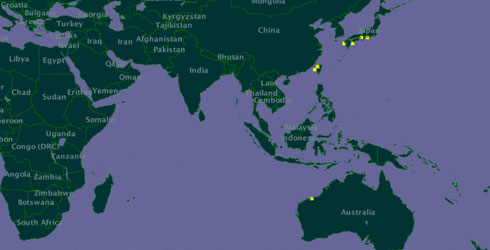
A map showing the global distribution of Thatcheria mirabilis. © GBIF
Images
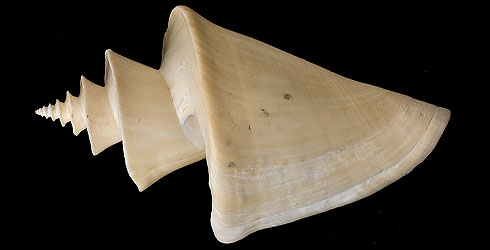
Thatcheria mirabilis – the Japanese wonder shell.

The holotype of Thatcheria mirabilis.

Marginal radular tooth of Thatcheria mirabilis (image: Professor J D Taylor).
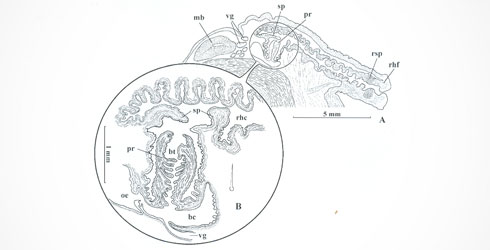
Thatcheria mirabilis foregut (image: Professor J D Taylor).
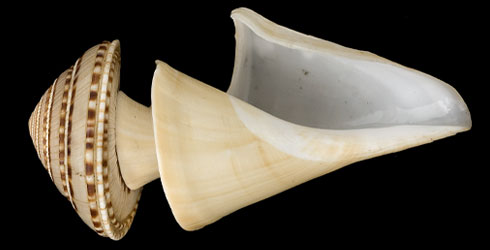
Thatcheria mirabilis can be screwed into the spiral umbilicus of the sundial shell, Architectonica.
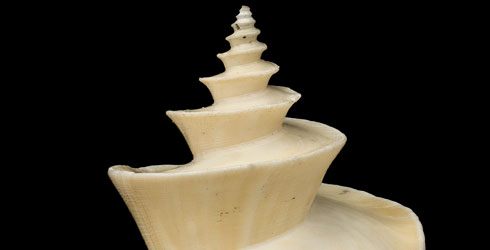
Top of a Japanese wonder shell (Thatcheria mirabilis).
Author
Kathie Way
Toolbox
References
- Kantor, Y and Taylor, J D (2002) Bolletino Malacologico Suppl. 4: 83-110.
- Tryon, G W (1881) Manual of Conchology Ser. 1(3):112.
